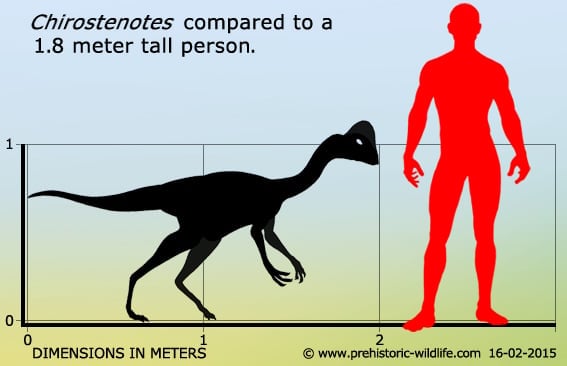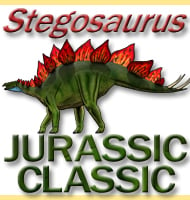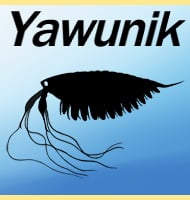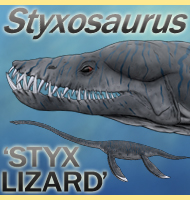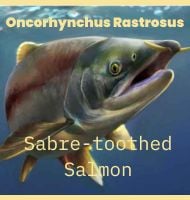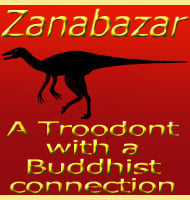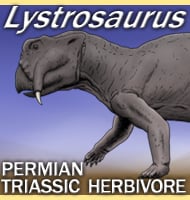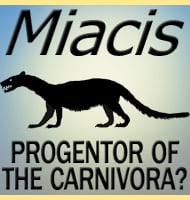In Depth
Dinosaurs and other extinct prehistoric animals often have complicated histories regarding classification and Chirostenotes is no exception to this. First only the hands were found by George Fryer Sternberg in 1914. First to study them were Lawrence Morris Lambe who unfortunately died before he had chance to finish the description of them. Charles Whitney Gilmore later named the hands Chirostenotes in 1924 after referring to Lambe’s notes.
Nothing else happened until Charles Mortram Sternberg described fossilised feet as Macrophalangia canadensis in 1932, a reference to the large toes that he thought were of an ornithomimid dinosaur. In 1940 Raymond Sternberg described a toothless jaw that he had found in 1936 as Caenagnathus, but here the description was of what was believed to be a bird. In 1960 Alexander Wetmore would come closer to the mark when he suggested that the jaw was that of an ornithomimid.
In the closing decades of the twentieth century the full picture would finally be pieced together, and to start in 1969 Edwin Colbert and Dale Russell came up with the theory that the hands of Chirostenotes and the feet of Macrophalangia were of the same animal. In 1976 the Polish palaeontologist Halszka Osmolska suggested that Chirostenotes was an oviraptorid dinosaur, but confirmation would not come until 1981 when Osmolska described the oviraptorid Elmisaurus which also included both hands and feet. This confirmed the ideas about Chirostenotes that had been proposed by Osmolska, Colbert and Russel. A further specimen studied in 1988 by Russel and Philip Currie which had been in storage for around sixty-five years was the final proof that Macrophalangia was indeed a synonym to Chirostenotes.
As for Caenagnathus, Russel and Currie examined another jaw that had been assigned to the genus as a second species by Joel Cracraft in 1971 and found that it may have been a more gracile (lightweight) version of the Chirostenotes type species C. pergracilis. However in 1989 Currie assigned it and another fossil foot that had been attributed as a species of Ornithiomimus as O. elegans by William Arthur Parks in 1933, to the Elmisaurus genus as E. elegans. This carried until 1997 when Hans-Dieter Sues reassigned it as a species of Chirostenotes, and though this action has been questioned, most palaeontologists tend to agree with it due to the wide geographical separation between the two specimens. Despite this the precedent does exist for widely distributed fossils to belong to the same genus but different species, such as with the hadrosaur Saurolophus.
Fossils of other large oviraptorids from the Horseshoe Canyon Formation and the Hell Creek Formation have been considered to belong to Chirostenotes, but later study has now raised the question of if they really belong, and at least one new genus, Epichirostenotes has already been established from these individuals. The establishment of Chirostenotes as an oviraptorid dinosaur has also meant that some theropod fossils, namely jaws and teeth have also had to be removed from the genus. These were used to create the genus Richardoestesia which might actually be a dromaeosaurid or troodontid theropod, though most researchers side with the former.
Further Reading
– A new coelurid dinosaur from the Belly River Cretaceous of Alberta. – Canada Department of Mines Geological Survey Bulletin (Geological Series) 38(43):1-12. – C. W. Gilmore – 1924. – Osteology and relationships of Chirostenotes pergracilis (Saurischia, Theropoda) from the Judith River (Oldman) Formation of Alberta, Canada. – Canadian Journal of Earth Sciences 25:972-986. – P. J. Currie & D. A. Russel – 1988. – On Chirostenotes, a Late Cretaceous oviraptorosaur (Dinosauria: Theropoda) from Western North America. – Journal of Vertebrate Paleontology 17(4): 698-716. – H. D. Sues – 1997. – Functional analysis of the hands of the theropod dinosaur Chirostenotes pergracilis: evidence for an unusual paleoecological role. – PaleoBios 25: 9–19. – P. Senter & J. M. Parrish – 2005. – A previously undescribed caenagnathid mandible from the late Campanian of Alberta, and insights into the diet of Chirostenotes pergracilis (Dinosauria: Oviraptorosauria). – Canadian Journal of Earth Sciences. 51 (2): 156–165. – Gregory F. Funston & Philip J. Currie – 2014.
